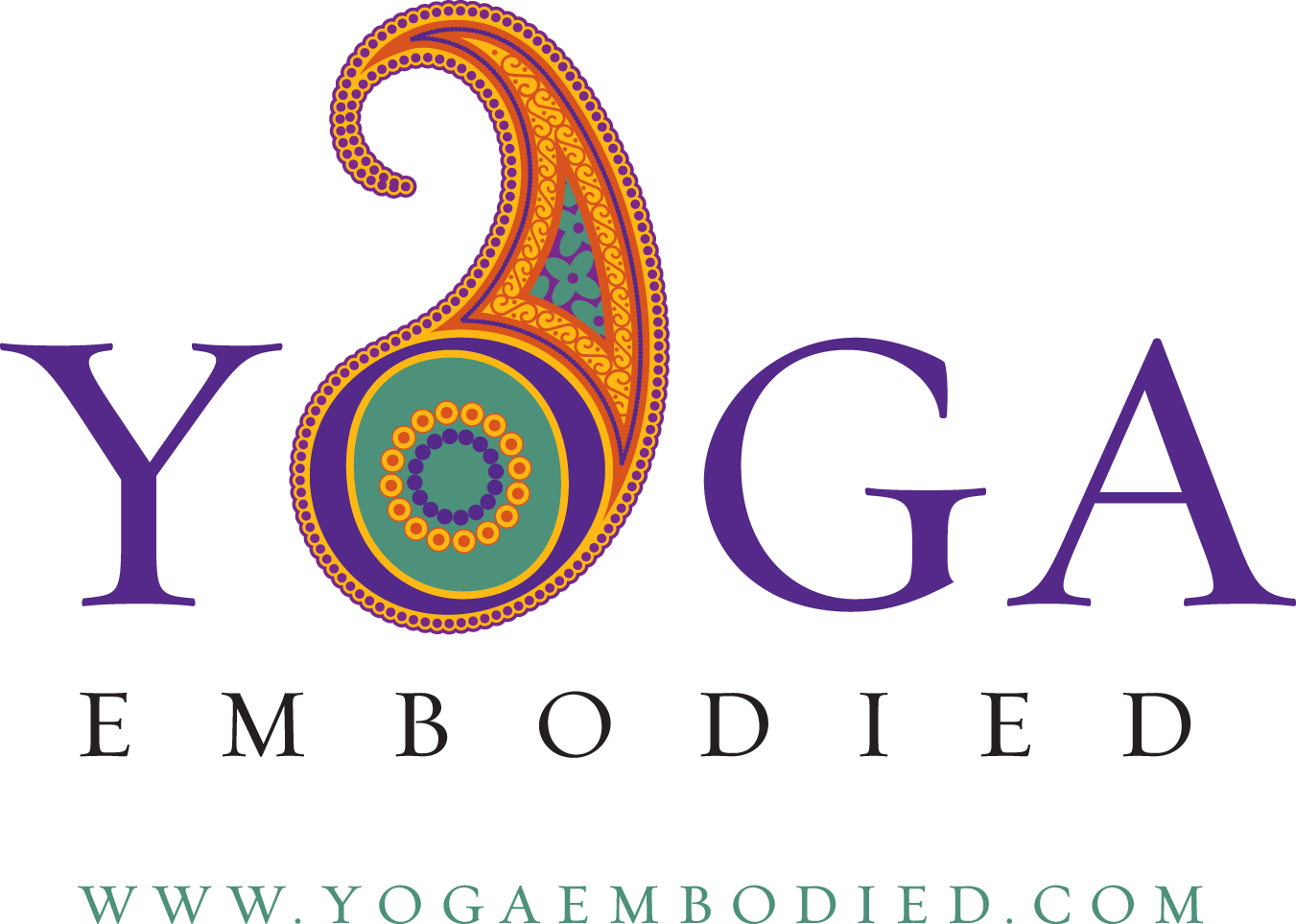Are you reacting or responding?
Your experience is your choice. How we choose to respond to our surroundings, family, environment and even our emotions are our choice. We can all be in the same place at the same time, seeing the same situation but we will all have different experiences.
Where does yoga come into this? Well, our yoga practise is a safe place to explore our emotions, our behavioural patterns and how we react. During a class you will have favorite postures. Asanas you could stay in for minutes and repeat happily again. And then you have poses you really dislike. You sigh as soon as the teacher mentions the pose and groan when you move into it. Sounds familiar?
But have you noticed that we all have different favorite asanas?
In your next yoga practise just be with that least favorite pose. You don’t need to judge it or yourself. Just be in it. Make adjustments to suit your body and let your body breathe. Patanjali says in the yoga sutras that yoga isstilling the mind (Yogas chitta vrtti nirodhah). One way to achieve this is through asana and meditation. An asana should be steady and comfortable (Sthira sukham asanam) and the way to find this stillness is through our breath.
When your yoga instructor encourages you to go a little deeper or stay a little longer – breath instead of groan. Observe your reactions; irritation, anger, sadness, discomfort, disappointment, self loathing… And when in your favorite pose again observe; happiness, joy, allowing to let go, release, indifference… Observe without judgement without analysing. Can you allow the dukha (uncomfortable, discontent) reactions to transform into a response ofsukha (easy, comfortable)? Now that is the challenge of yoga.
Eventually we learn, on the safety of our yoga mat, in the safety of our own personal space, with our own experience, to respond and not react.
Maybe this season can be a time for you to learn letting go, being steady, being comfortable and respond with compassion instead of reacting with irritation.
With a yoga teacher’s advice enjoy these poses – they may become your favorites.
Warrior 2: staying steady strong and breathing. Can you sink a little deeper into the pose? Can you stay for another three breathes? Can you find sukha or some kind of joy in this asana?
Pigeon pose: Let your body guide you to your variation. This is the ultimate ‘letting go’ pose. Where do you hold tension? Can you breathe deeper, longer, easier? Can you stay for another breath?
Posted originally March 20, 2011
